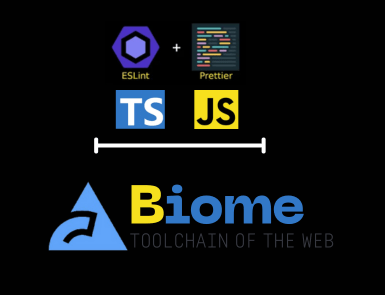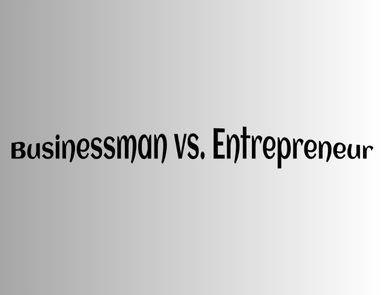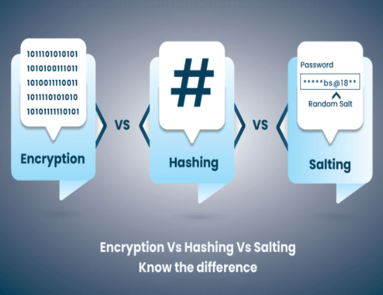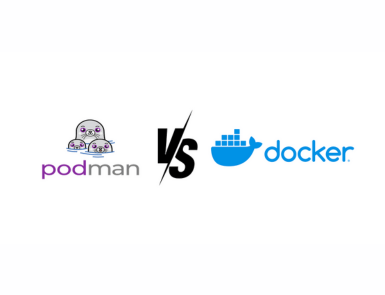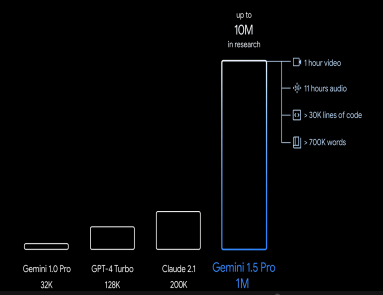Message queues are a communication service. It enables various parts of a system to send and receive messages asynchronously.
The message queue is effective when a producer and consumers work at different times or speeds.
The queue acts as an intermediary. It stores messages sent by a producer and delivers them to consumers when they become available.
The system lets them communicate without being aware of each other’s existence.
Let us get to know more about message queues and their advantages.
What are message queues?
A message queue is an asynchronous communication protocol. It facilitates the exchange of messages between components of a system.
The messages are placed in a queue and processed asynchronously. They remain stored until consumers are available to process them.
Today, message queues have become a crucial part of microservice architectures, load management, and data streaming services.
Architecture of Message Queues
Producers/Publishers
Producers or publishers send messages to the queue. They push messages into the queue without worrying about consumers.
Queue
The queue is a data structure that stores messages temporarily until subscribers retrieve them.
Consumers/Subscribers
These entities read messages from the queue and act accordingly. They can pull messages from the queue according to their availability. These consumers might get notified for each message.
Queue Manager
As the name suggests, this software manages the message queue. It is responsible for routing messages appropriately between producers and consumers.
Message
Message is a unit of data sent through the queue.
How Does Queue Work?
Creation of Message
The producer creates a message and sends it to the queue. The message can be anything from a payload to metadata.
Message Storage
Depending on its configuration, the queue stores the message in either a persistent or transient manner. It remains stored until the consumer is ready to retrieve it.
Message Retrieval
The consumer retrieves messages from the queue for processing.
Acknowledgment
When a consumer processes a message, it sends an acknowledgment to the queue. It is the confirmation of message processing.
Types of Message Queues
Message queues come in various types, each serving a distinct purpose.
Point-to-Point Queue
As the name suggests, a point-to-point queue delivers messages to a single consumer. This message queue type is common in task-processing systems. When a consumer retrieves a message, it gets removed from the queue.
Publish/Subscribe Queue
Messages in a public queue are published on a specific topic, and multiple consumers can subscribe to receive them. This message queue is ideal for event-driven architectures.
Dead Letter Queue
The dead letter queue stores undeliverable messages. In short, this queue helps with debugging and ensures message reliability.
Priority Queue
The priority queue assigns the priority level to each message. It processes higher-priority messages before those with lower priority.
Advantages of Using Message Queues
Message queues play a crucial role in modern microservices and large-scale applications.
Let us get to know how they help us.
Asynchronous Communication
Message queues support asynchronous communication. A sender does not need to wait for a receiver to process the message. Producers can send their messages to the queue and proceed with other tasks.
Scalability
The queue improves the scalability of a system. You can add more queue traffic as it can manage a high volume of messages.
Load Balancing
Message queue allows multiple consumers to pull messages from a single queue. It naturally distributes the load.
Fault Tolerance
Message queues prevent messages from getting lost. Queues with persistent storage keep messages safe until consumers process them.
Data Flow Management
Message queue manages the flow of data between producers and consumers.
Decoupling of Components
Another advantage of a message queue is that it allows producers and consumers to operate independently. The producer does not need to know when and how a consumer processes the message.
When to use Message Queues?
Some common scenarios where message queues are particularly useful include:
Microservices Architecture
In a microservice architecture, multiple systems communicate with each other. Message queues decouple their communication process so that each service can run independently.
Scheduling of Tasks
Message queues let users process jobs like image processing, email sending, and database updates in the background.
Since all jobs are getting done in the background, they do not block the flow of your application.
Load Leveling
A large number of requests can hinder the performance of a system. Message queue manages these requests and processes them at a steady pace.
Consistent Communication
Message queues ensure that communication between components is reliable even when the network is broken.
Renowned Message Queue Platforms
Over the past few years, several message queue platforms have emerged in the market. Each queue platform has its strengths. Some of them include:
RabbitMQ
RabbitMQ is an open-source message broker. It supports various messaging protocols and is renowned for its extensive features.
Amazon SQS
This message queue tool from AWS is highly scalable. Furthermore, Amazon SQS can integrate with other AWS services.
ActiveMQ
ActiveMQ is another open-source message broker on the list. It supports a wide range of messaging protocols. It is ideal for enterprise environments that require reliable messaging.
Final Words
Message queues provide several advantages to modern systems. They support asynchronous communication.
Message queue service can be a game changer for those developing a microservices-based system or handling large-scale data processing. It will help you enhance the reliability and efficiency of your application.

